We have been brushing up on our herb knowledge for years and if you are truly passionate about the subject you will know that it is a never ending commitment to life long education. Learning about plants, natural remedies, foraging, botany and forestry is time well spent.
Herbalism is something that can be taught in the classroom but like everything in life, nothing beats real life experience.
To truly understand the value of herbs in your daily, weekly, monthly life then you must practice, experiment and dedicate time to each individual herb you wish to study.
Here are a few of the free ways that you can learn about herbalism:
Head to the Library
A free space that provides you with all of the materials you need to learn about every herb, plant and chinese medicine techniques; the library is like a slice of heaven for any life long learner. Enjoy spending an afternoon browsing through the many books that will provide you with insights, inspire your foraging adventures and allow you to expand your knowledge of herbalism in all of its glory.
Free Courses for Herb Enthusiasts
Learn about herbalism with an online course. There are plenty of herb related courses you can take to get inside knowledge of herbalism. Check out the beginners course from the Herbal Academy and if you are interested in the plants that are used in natural Chinese medicine, this one has five sessions and will teach the basics of Everyday Chinese Medicine.
Watch Herbal YouTube Channels
We love watching videos on YouTube that can teach us something new and herb related tutorials are a treat for anyone interested in learning about plants. Eat the Weeds, Mountain Gardens and Avena Botanicals have some super videos packed full of herbal information for you to digest.
Visit your nearby Plant Shop
Your local plant shop and neighbourhood stores will provide more insights than you can imagine. We regularly visit the local garden centre, plant shops and hardware stores to pick the brains of the staff who have provided years of expertise when planting and growing herbs. Check out the plant descriptions, examine the growth of the plants from season to season and ask as many questions as you can.
Listen to Herbal Podcasts
Tune in to the Natural MD Podcast where we learn how natural medicine. She provides a weekly podcast on women’s health that will teach you something every time you listen in. Listen to the For the Wild podcast from fellow foragers and nature enthusiasts. It focuses on the protection of land, storytelling and our relationship with the landscapes around us.
Get to Grips with Herb Gardening
There is probably no better way to get familiar with the native and non-native herb species around you than by working with them on a weekly basis. The best way to do this is to grow them from seed or stem. A major plus with herbs is that you don’t need a lot of space to grow them in abundance and you can have several different herbs growing alongside each other. Try the mint family, basil, thyme, rosemary and wild herbs as a beginner.
Pick up a copy of our Herb Planner Pack here and start recording your herbal remedies, wild adventures and herb knowledge.
If you have anymore suggestions of how we can brush up on our herbal knowledge please get in touch with us. We are always interested in learning about herbalism, the benefits of herbs, the uses of herbs and how we can incorporate more wild herbs into our everyday cooking.

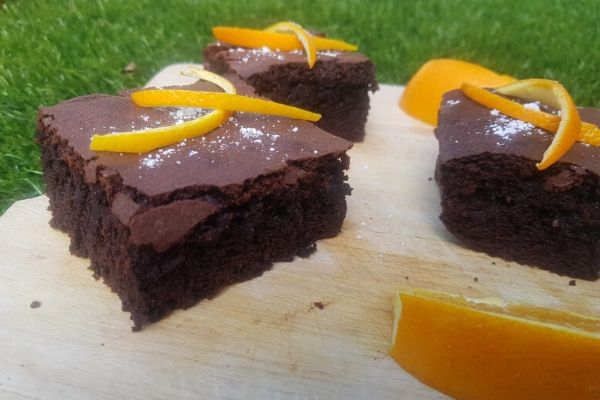


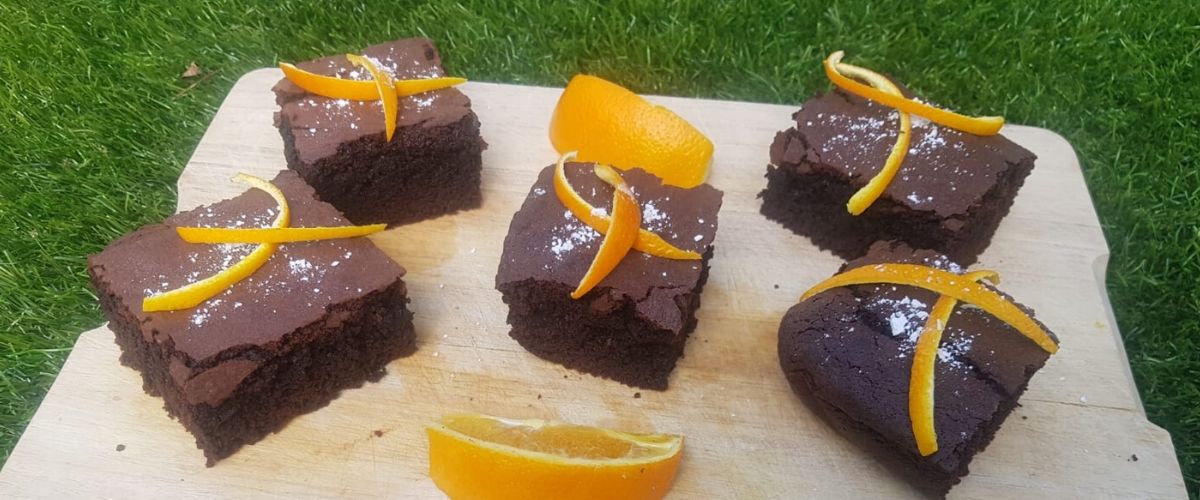

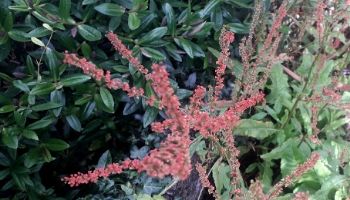
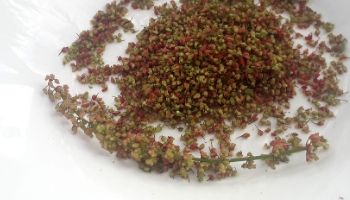

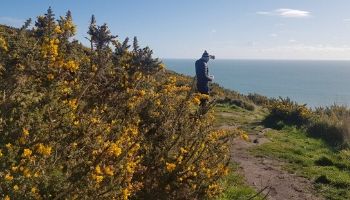
 Its flowery slopes, its river’s crystal swell” John Keats
Its flowery slopes, its river’s crystal swell” John Keats nature is alive and well. The restorative power of natural sounds is worth exploring.
nature is alive and well. The restorative power of natural sounds is worth exploring.

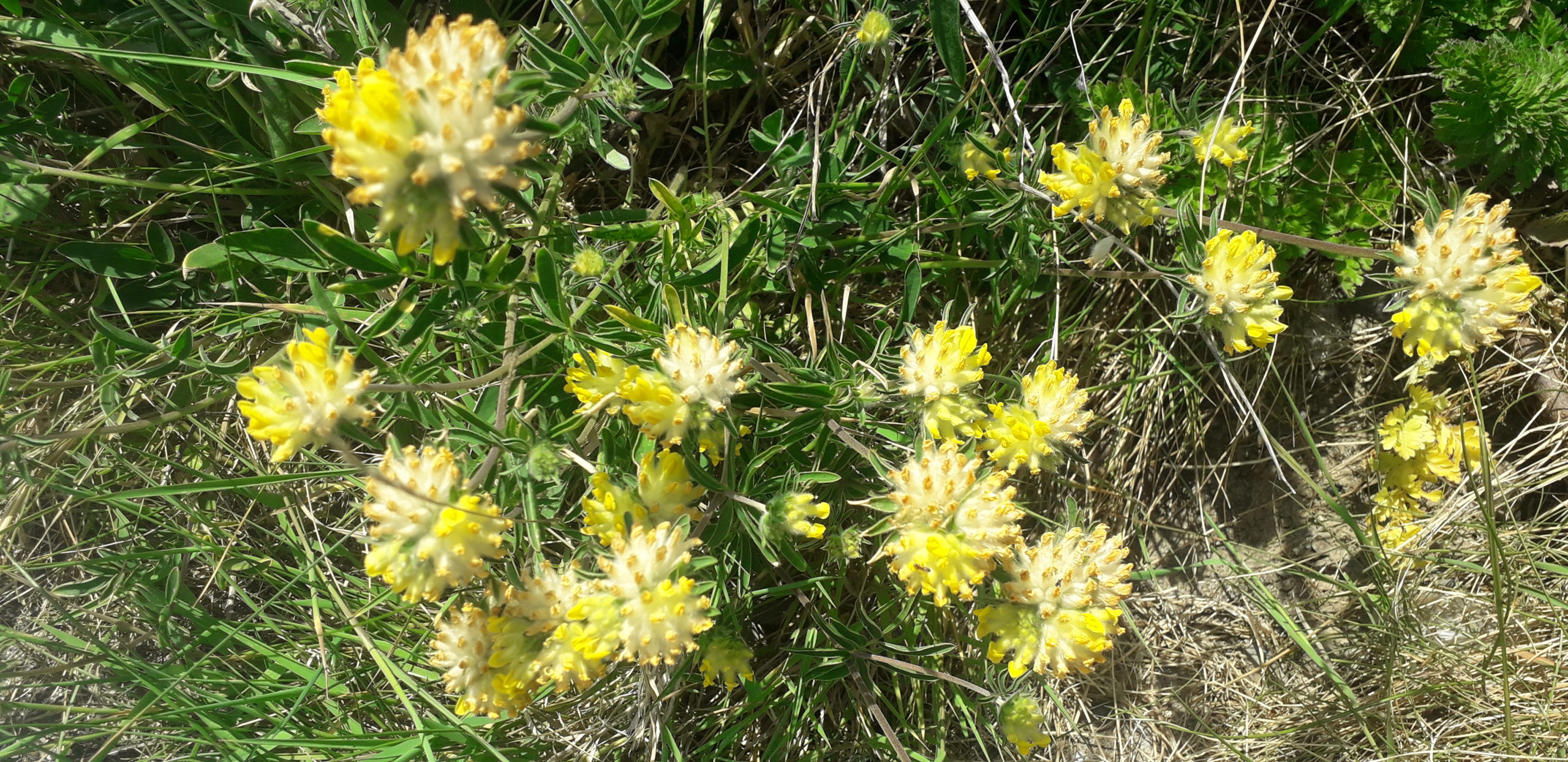
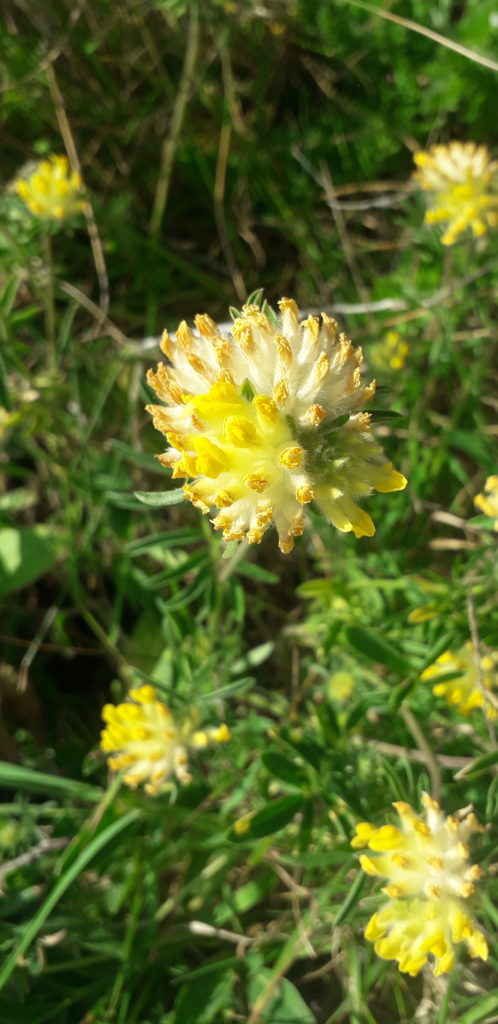

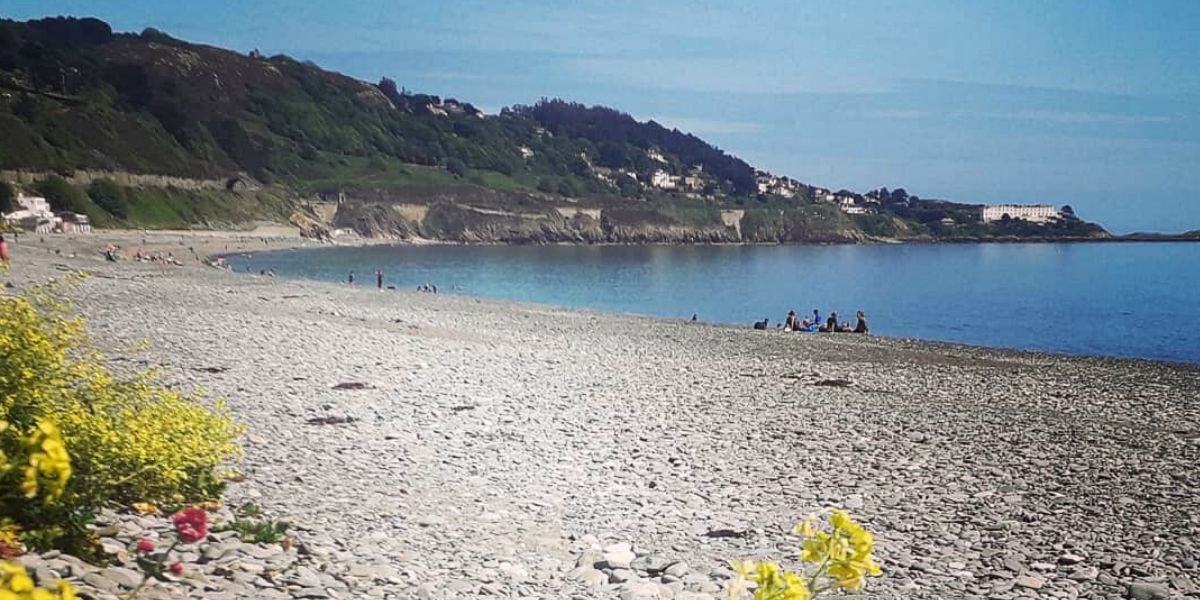
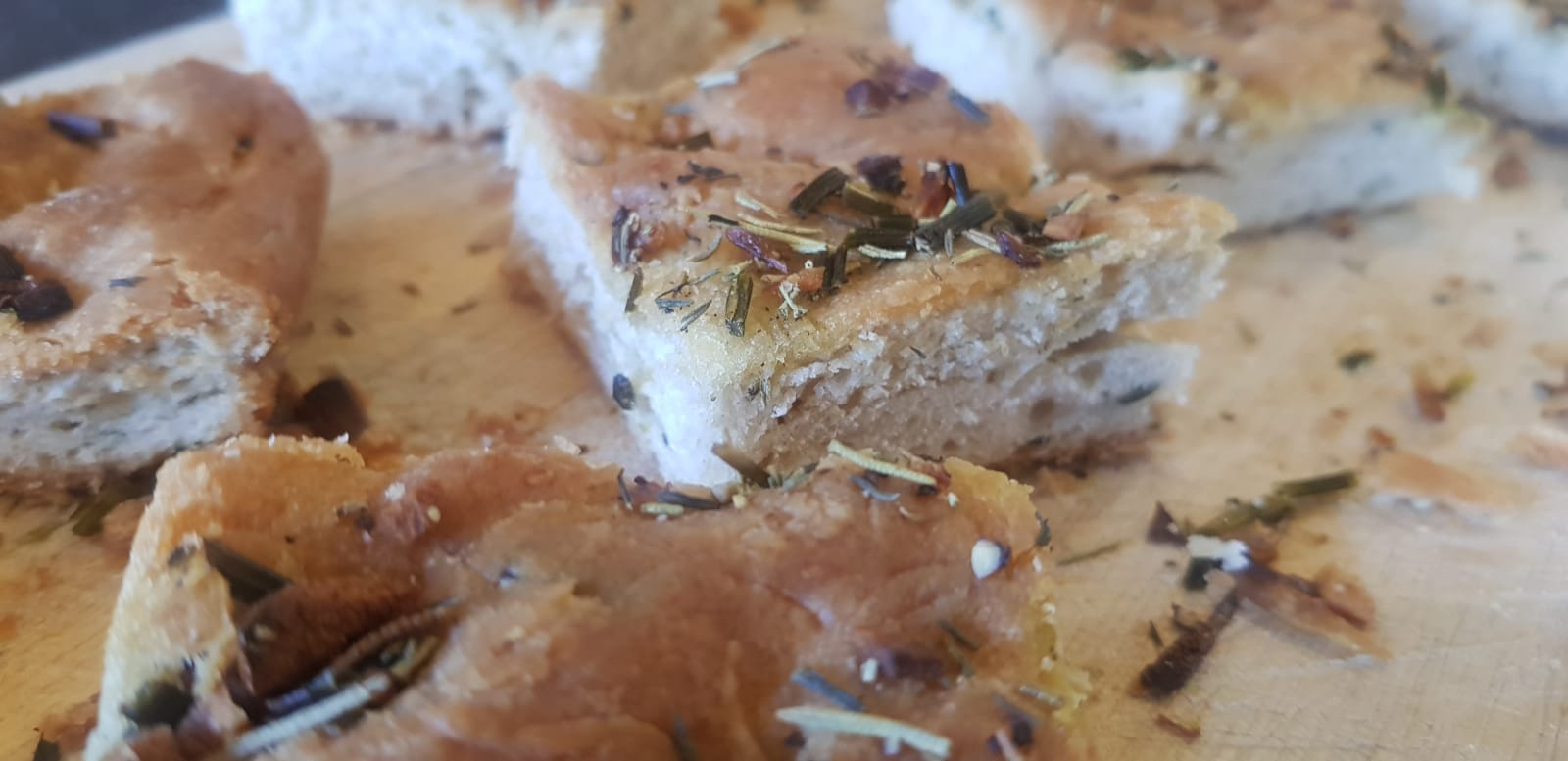
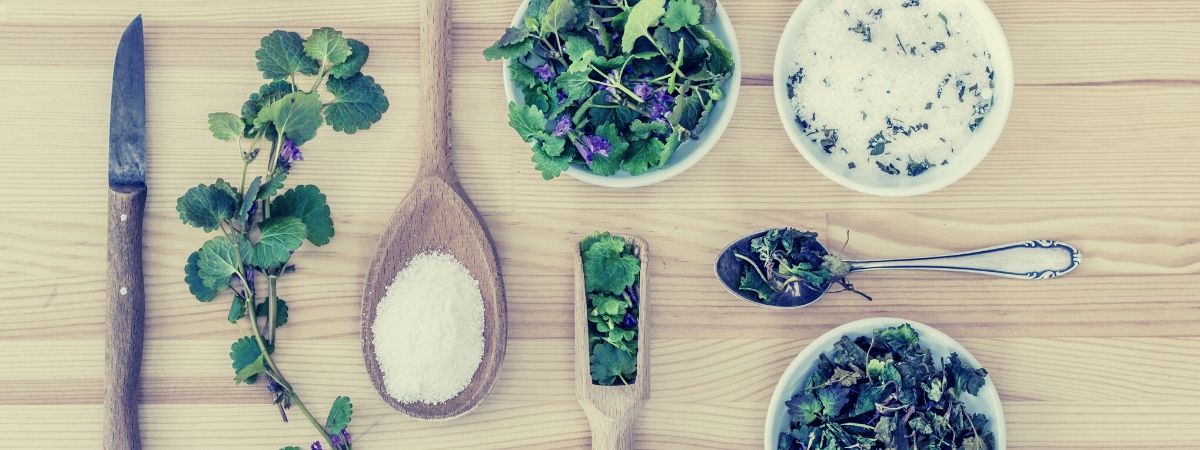
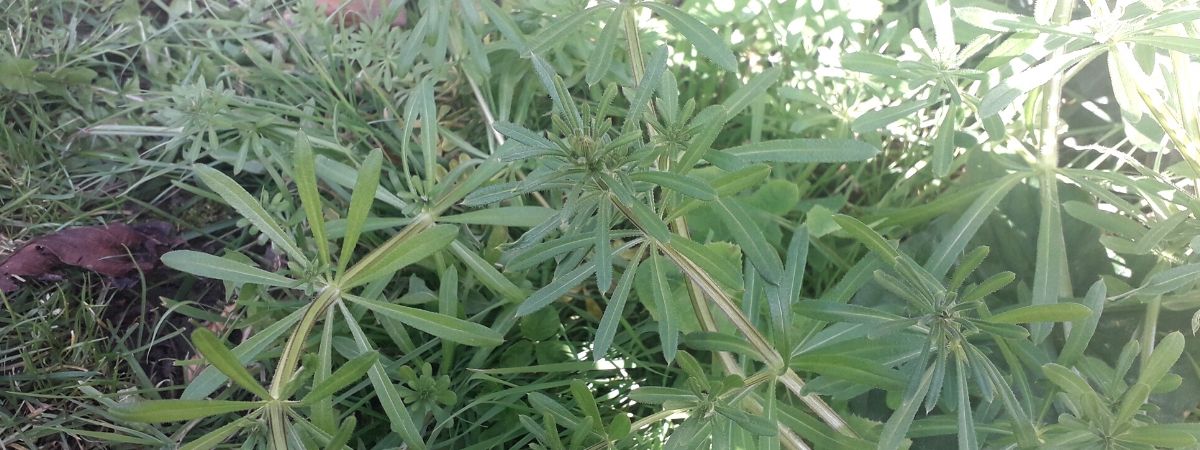
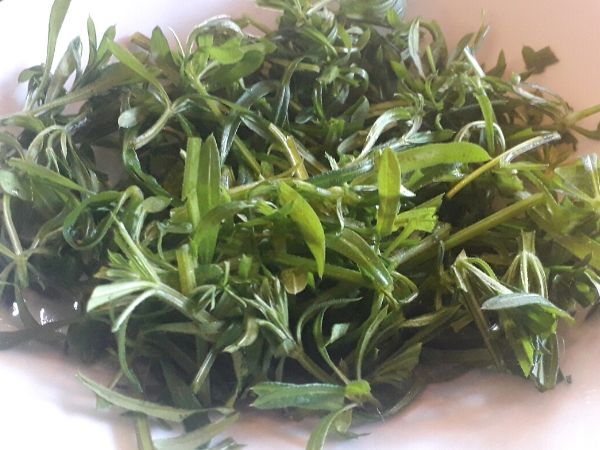
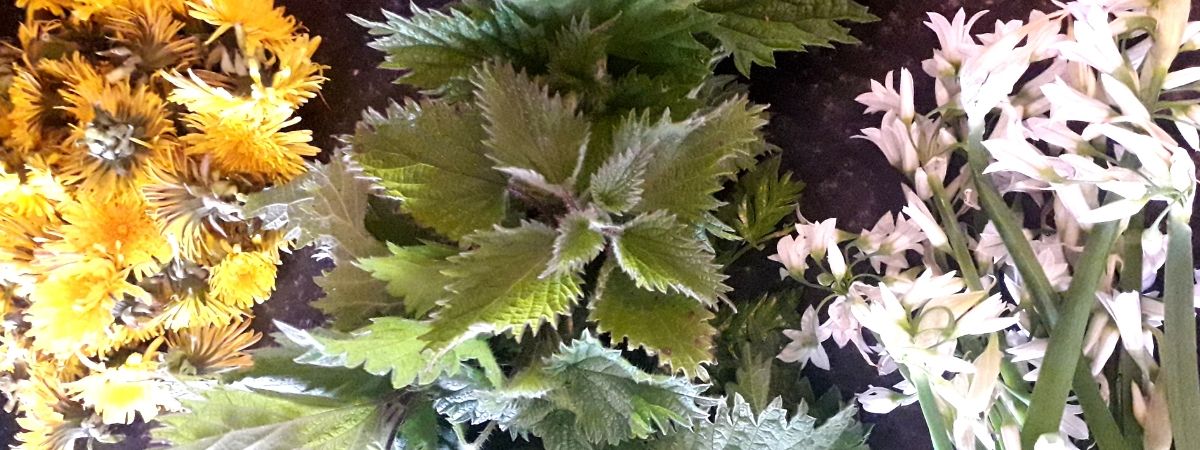
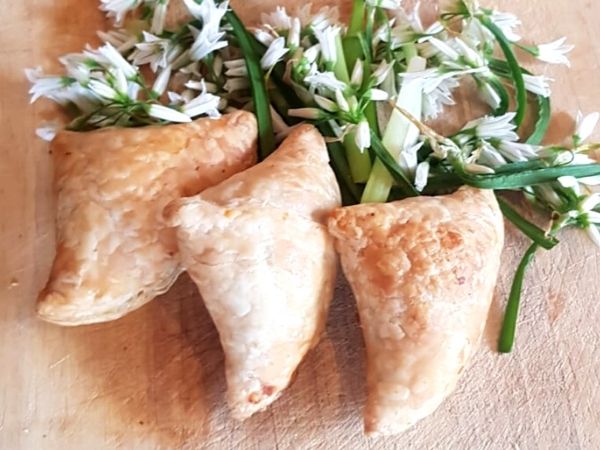
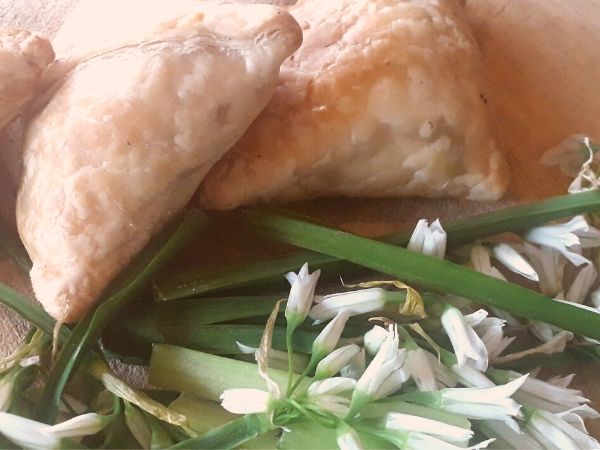 chopped garlic leaves, three cornered leak, dandelion leaves, cumin, tumeric, chilli flakes, salt and pepper. Fry gently for 5 – 10 minutes.
chopped garlic leaves, three cornered leak, dandelion leaves, cumin, tumeric, chilli flakes, salt and pepper. Fry gently for 5 – 10 minutes.
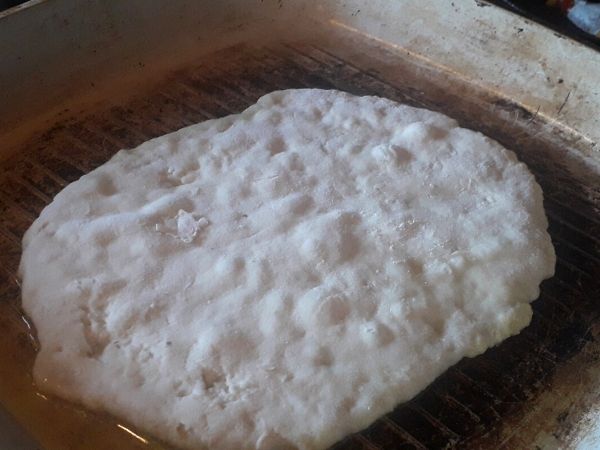

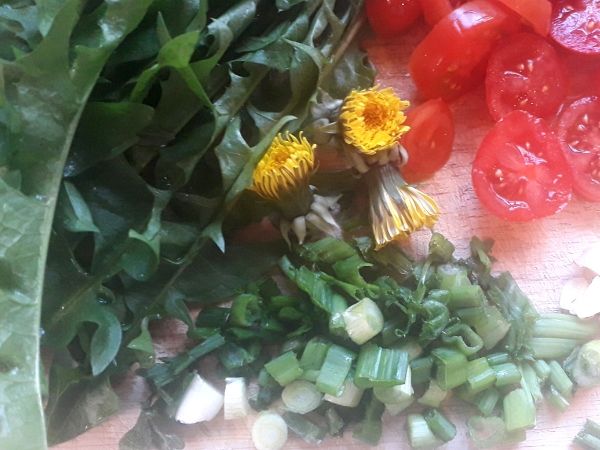 ly grown dandelion leaves and a few dandelion heads to decorate. Be sure to wash them gently under luke warm water.
ly grown dandelion leaves and a few dandelion heads to decorate. Be sure to wash them gently under luke warm water.